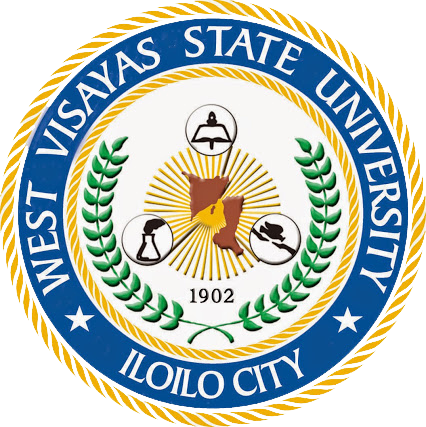Isolation, screening, and identification of amylase-producing fungi from selected rice mills for starch degradation
Share
Abstract
This study was conducted to isolate, screen, characterize, and identify amylase-producing fungi from selected rice mills in Iloilo for the degradation of starch. Amylases are classes of enzymes which have useful applications in various commercial industries with the prospering industry in Iloilo City. There were three rice mill sampling sites considered in this study. Serial dilution and spread plate method were used to isolate and characterize soil fungi from the three rice mills. A total of seven amylolytic soil fungi were isolated and identified as degraders of starch. Iodine’s test after seventy-two hours of incubation was used to screen the amylolytic activity among the isolates. The range of starch degradation was described from slightly effective to very effective results. Slide culture technique was then, used for characterization and identification of active isolates, and were identified under the genera of Aspergillus, Penecillum and Alternaria species. Based on the result of the study, isolate 7, Penicillium spp. had the highest zone of amylolytic activity while isolate 3, Aspergillus spp. had the lowest zone of amylolytic activity. There was also a significant difference on the zone of amylolytic activity that existed among the fungi isolates after 72 hours of incubation using Iodine test.



